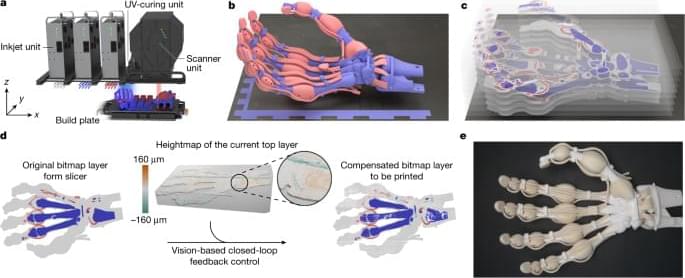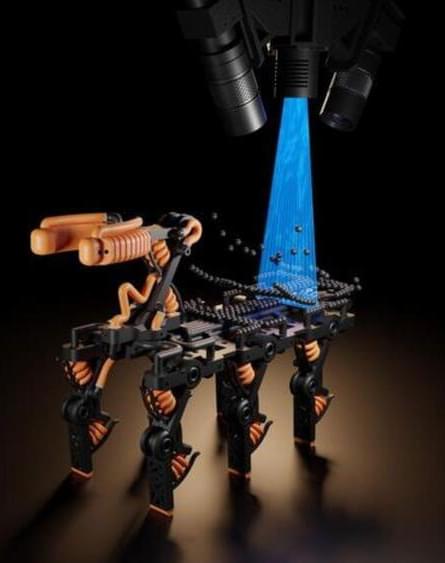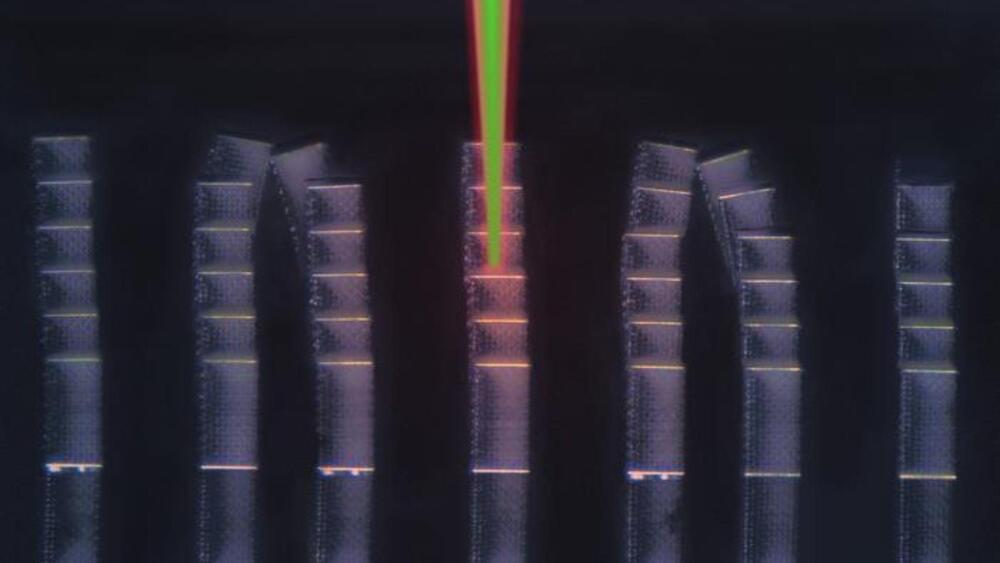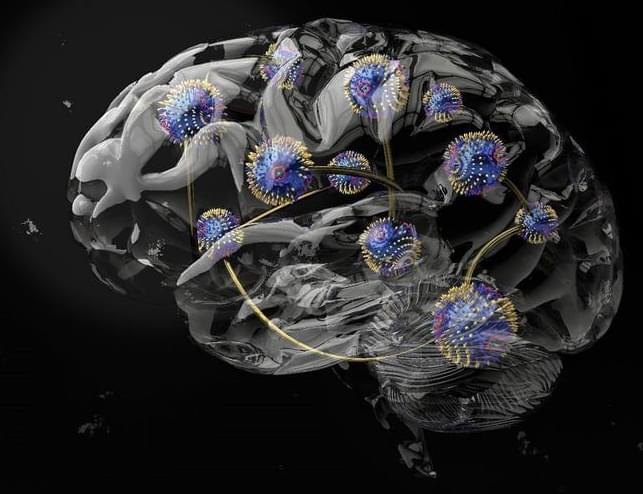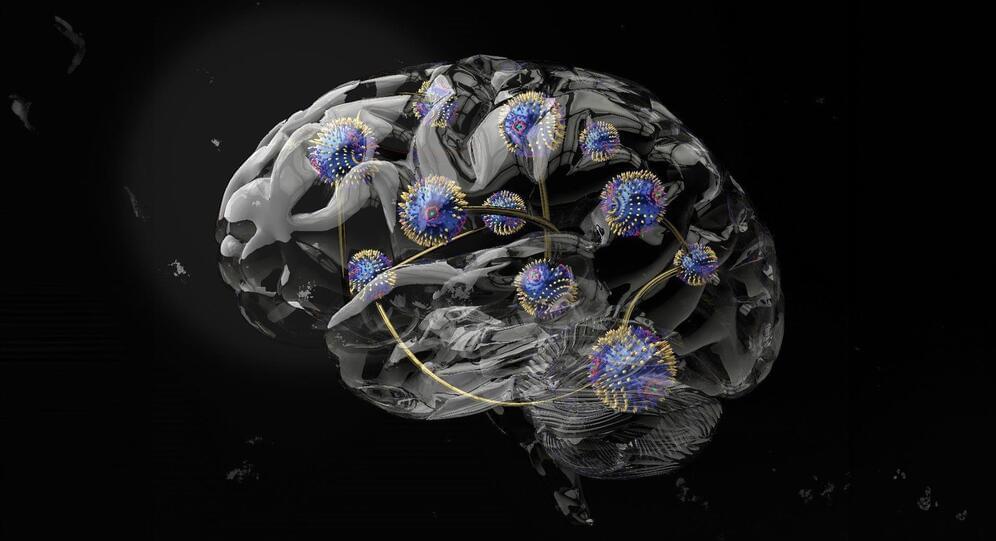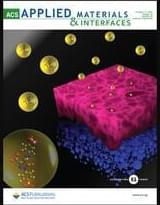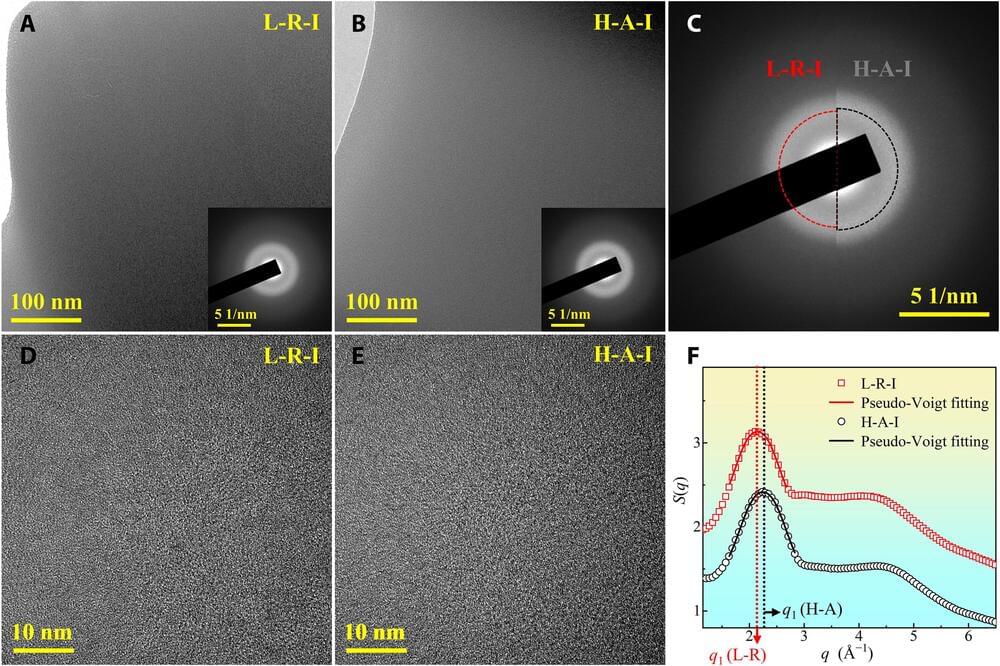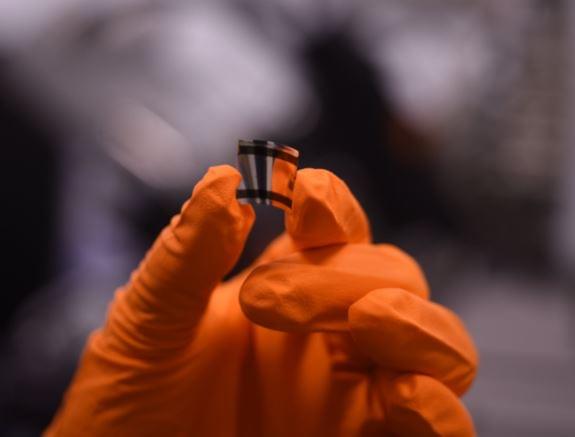
New materials developed at the University of Surrey could pave the way for a new generation of flexible X-ray detectors, with potential applications ranging from cancer treatment to better airport scanners.
Traditionally, X-ray detectors are made of heavy, rigid material such as silicon or germanium. New, flexible detectors are cheaper and can be shaped around the objects that need to be scanned, improving accuracy when screening patients and reducing risk when imaging tumors and administering radiotherapy.
Dr. Prabodhi Nanayakkara, who led the research at the University of Surrey, said, “This new material is flexible, low-cost, and sensitive. But what’s exciting is that this material is tissue equivalent. This paves the way for live dosimetry, which just isn’t possible with current technology.”
